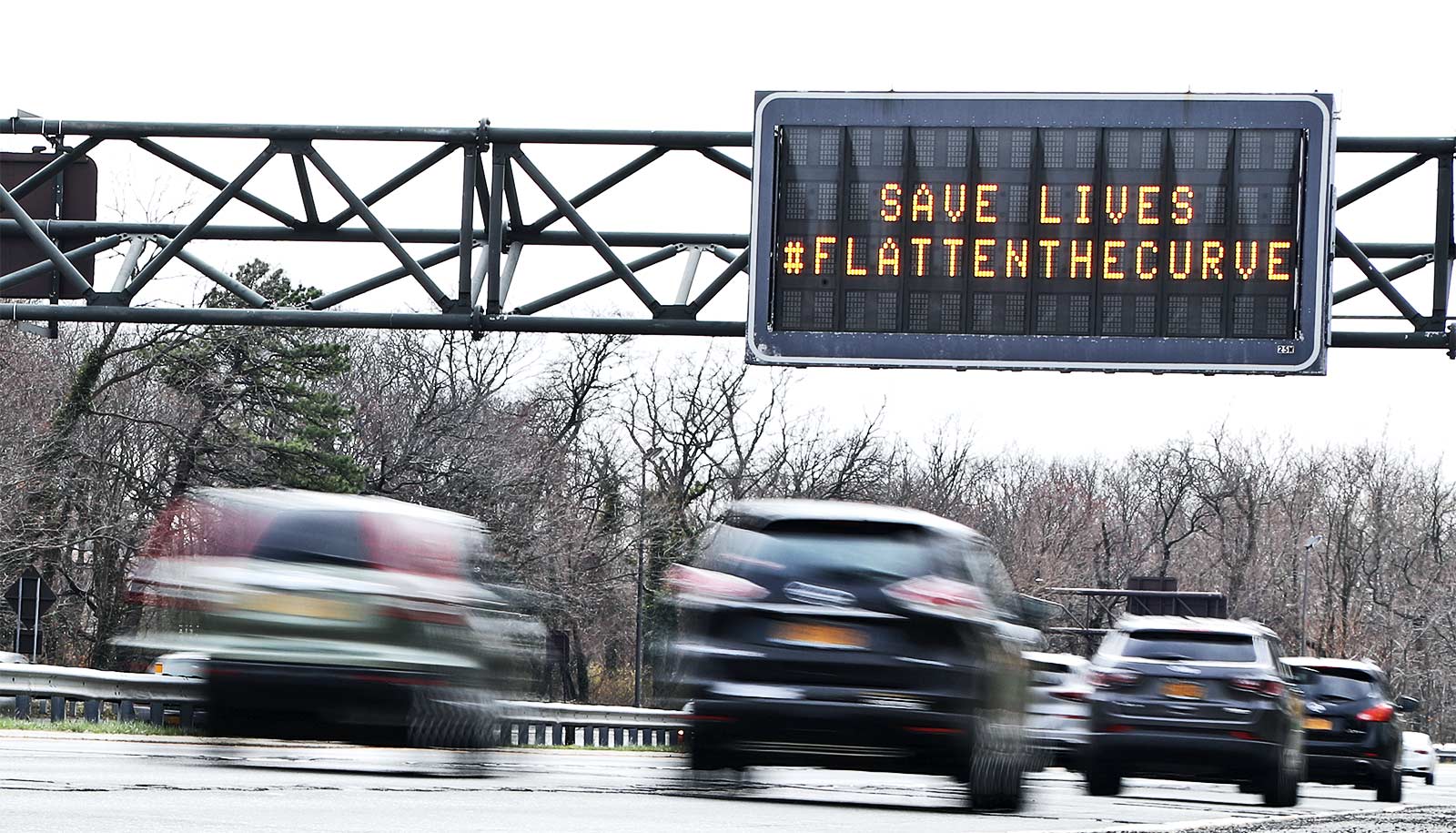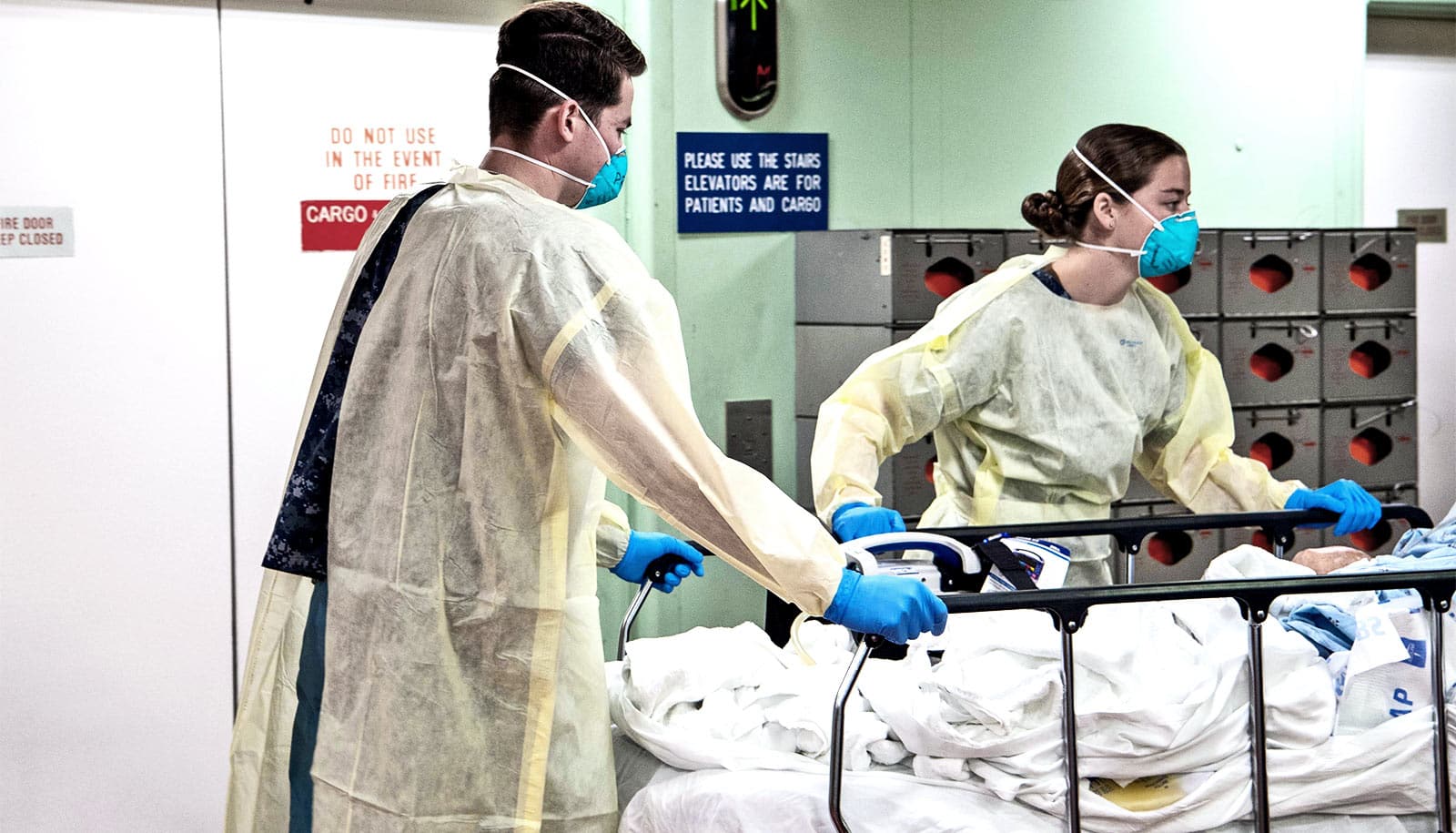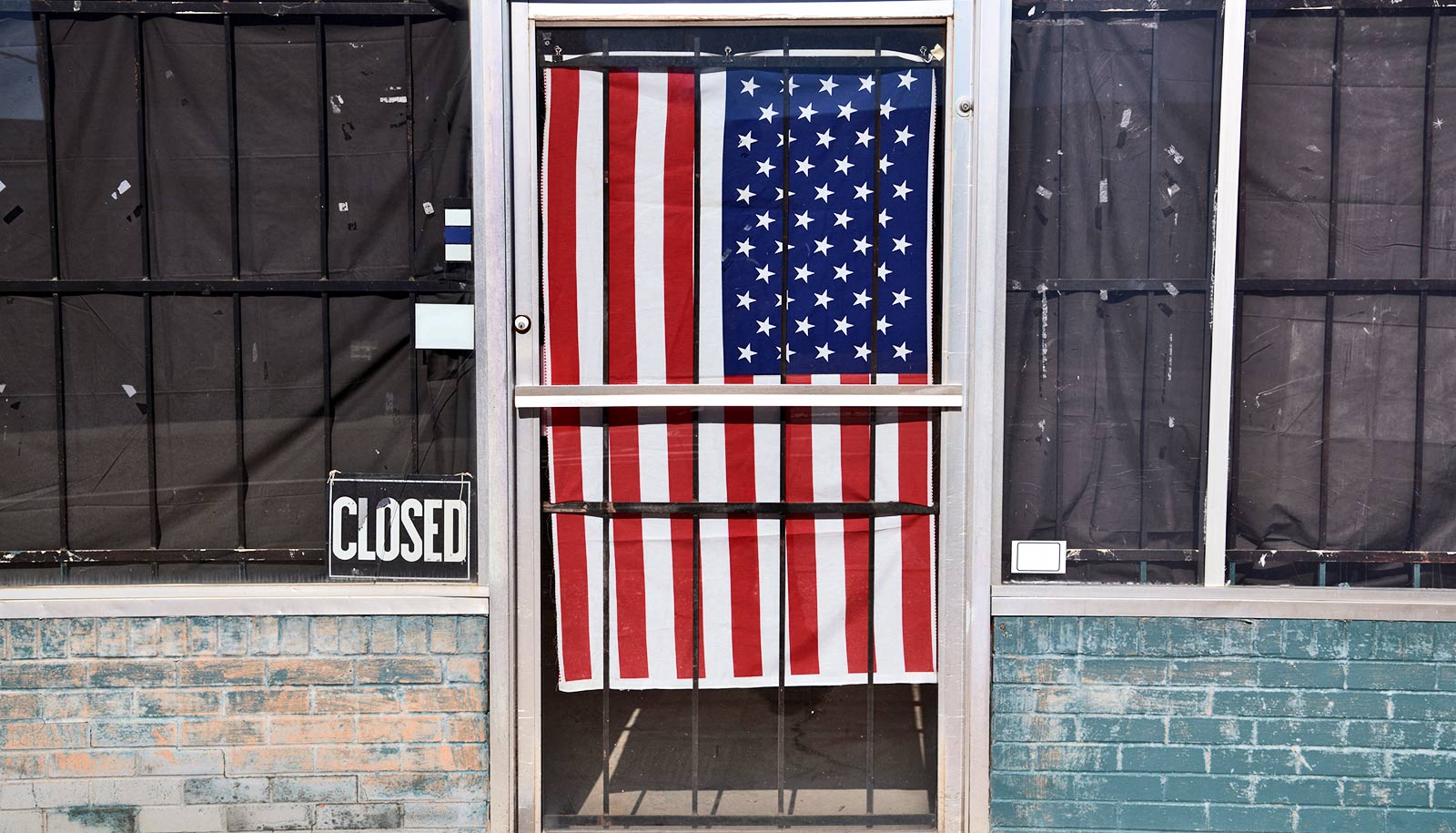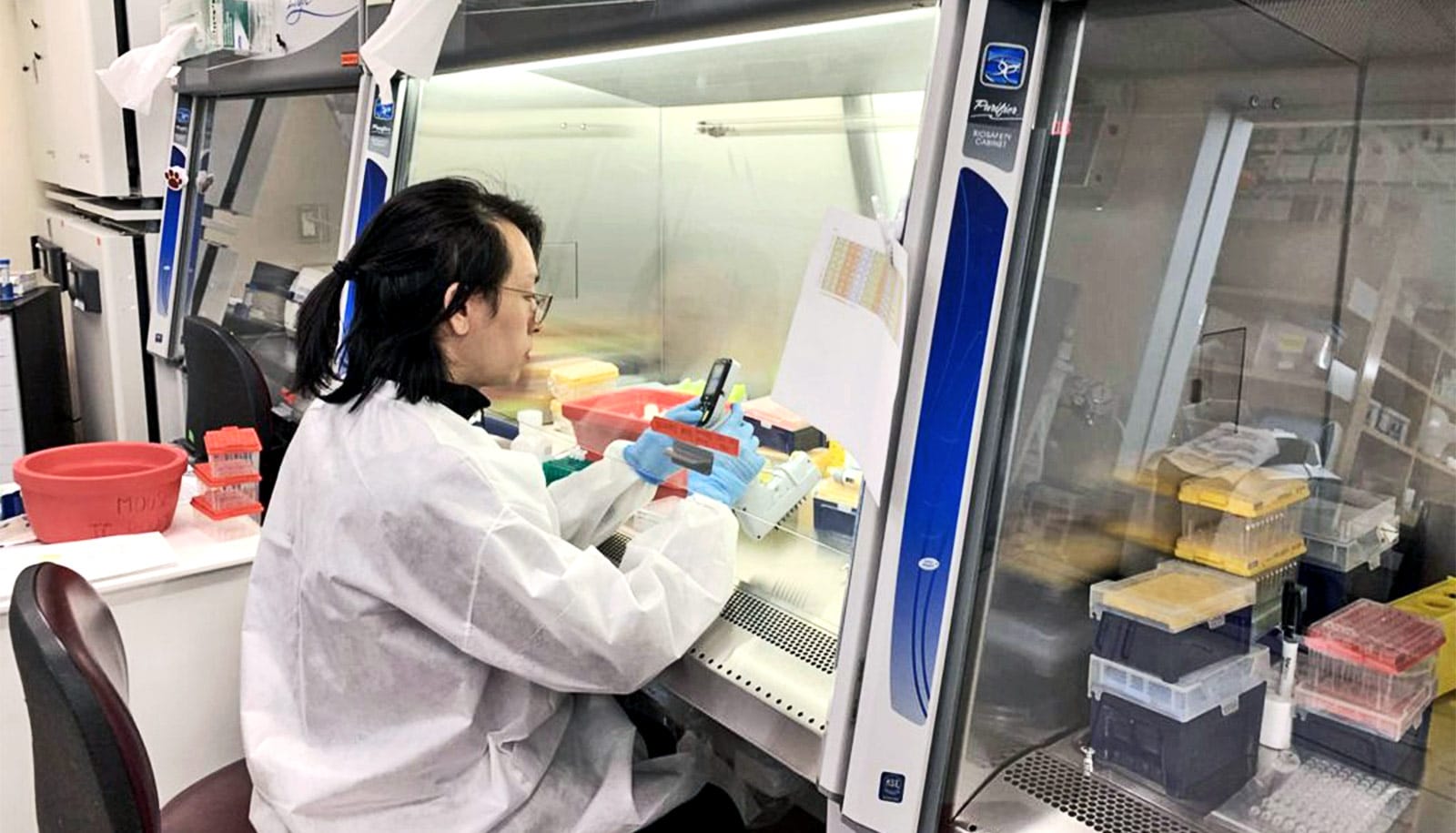Millions of Americans confined to their homes to help curb the spread of novel coronavirus infections (COVID-19) have a pressing question on their minds: “How long does social distancing need to last?”
To explore this question and the consequences of lifting restrictions too early, Erin Mordecai, a biologist at Stanford University, and a team of researchers developed an interactive website that models the spread of COVID-19 over time with different non-pharmaceutical interventions, such as social distancing and quarantine.
The goal, Mordecai says, is to help users understand the benefits of “flattening the curve” to stay below a fixed healthcare capacity and delaying the peak of the epidemic so that healthcare capacity can expand to support patients.
“We wanted to start a larger conversation about how our long-term response might look,” she says. “We’re concerned about the potential for the disease to rapidly spread once we lift control measures.”
Here, Mordecai discusses the potential impact of different social distancing strategies, how long we may need to maintain them, and the risk of a resurgence or second peak of the disease if precautions are lifted too early.
What do your models do?
Our models explore interventions that change over time. For example: What happens if we wait one week longer before issuing a shelter in place order? How long do we expect a given percent reduction in social contacts to need to be sustained before we start to see a decline in cases? How can we use adaptive strategies that actively turn off and on interventions as we track the number of hospitalized cases?
What are some of the main takeaways of your project?
Our models suggest that beginning interventions early—before the epidemic has grown too large in a given community—is far more important than precisely how much we cut down on social contacts. It makes clear that if we impose social distancing for a short or medium time period—several weeks to months—and then lift restrictions altogether, we expect to see a resurgence of disease transmission because many people will still be susceptible.
We saw this during the 1918 flu pandemic when many US cities lifted their restrictions after 3-8 weeks and saw large second peaks of flu transmission. That pandemic eventually infected about a third of the world population and killed 50 million people. To avoid a resurgence of COVID-19, we need to apply multiple interventions over a long period of time—12 to 18 months or more—until effective treatments and/or vaccines are widely available.
Did you model any promising alternatives to strict, long-term restrictions?
We don’t need to be totally locked down for a year or more. Adaptive strategies that actively turn on and off interventions—like a light-switch—can allow for periods of greater mobility while still keeping the epidemic at levels our health care system can manage. Improved testing capacity will allow us to use more targeted approaches to identify and isolate infected people and their social contacts.
How has your work on other infectious diseases informed how you think about and study COVID-19?
We tried to use what we’ve thought about a lot—mosquito-borne disease transmission—and apply it to a non-mosquito borne virus.
There’s kind of a canonical way of modeling infectious disease dynamics that a lot of people take across a wide range of different diseases, which involves taking your human population and dividing it into classes of people who are fully susceptible to disease, people who have been exposed but not necessarily sick yet or able to transmit the disease yet, people who are sick and transmitting the disease, and people who have recovered.
What’s really cool is that these simple models seem to be really successful at describing the onset and progression of a wide range of infectious diseases, from flu to plague. We’ve used those types of models for mosquito-borne diseases a lot. With COVID-19, it’s actually a slightly simpler type of model than what you would use for a mosquito-borne disease because you’re only having to track the human population.
Are there other criteria that you could imagine adding to your interactive model over time?
At a minimum, we plan to update parameters as more data become available and other scientists continue to make better estimates. We will update our baseline intervention scenarios to reflect those that are actually implemented, and may expand the interventions we consider if new plans are proposed. Ideally, we would eventually be able to fit our model to infection dynamics in specific locations so that user-chosen scenarios better reflect the future of COVID-19 in those areas.
On a related note, it might be interesting to follow what’s going on in China and South Korea now that they’re starting to see declines in cases and returning to a more social interaction. Will they see a second peak? I think that will be really informative for the rest of the world.
Source: Stanford University



